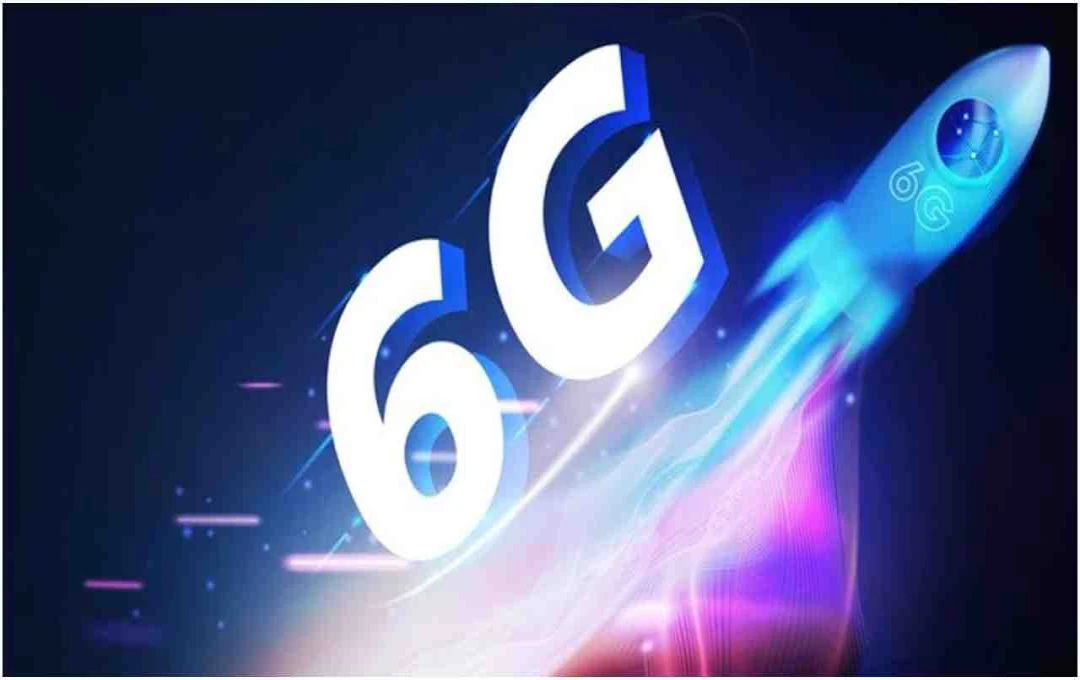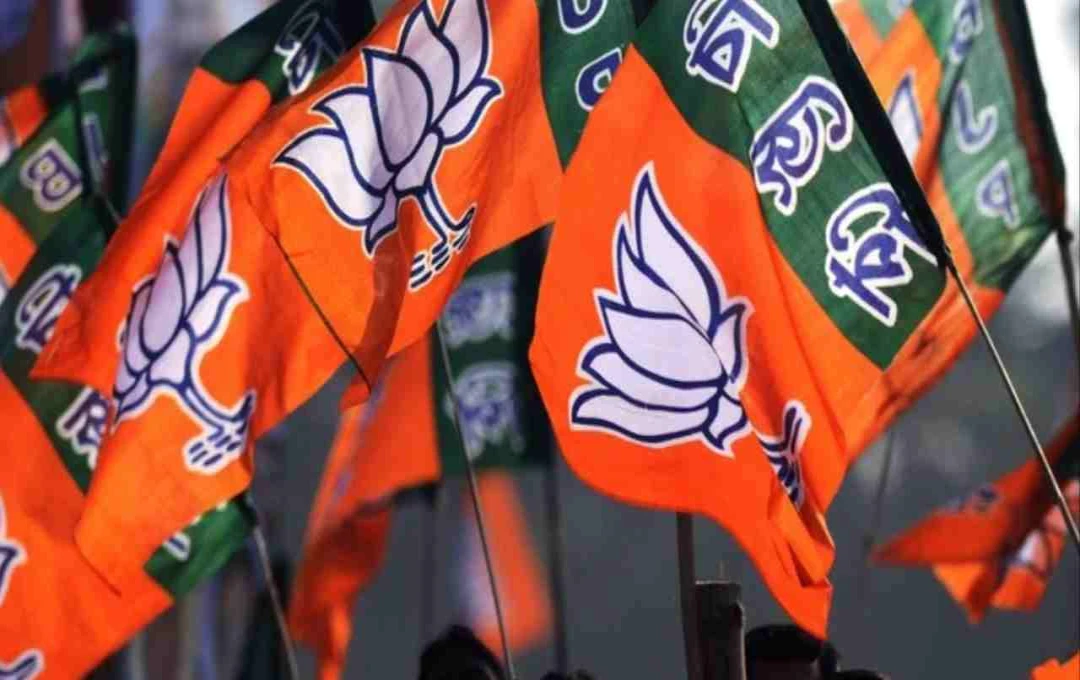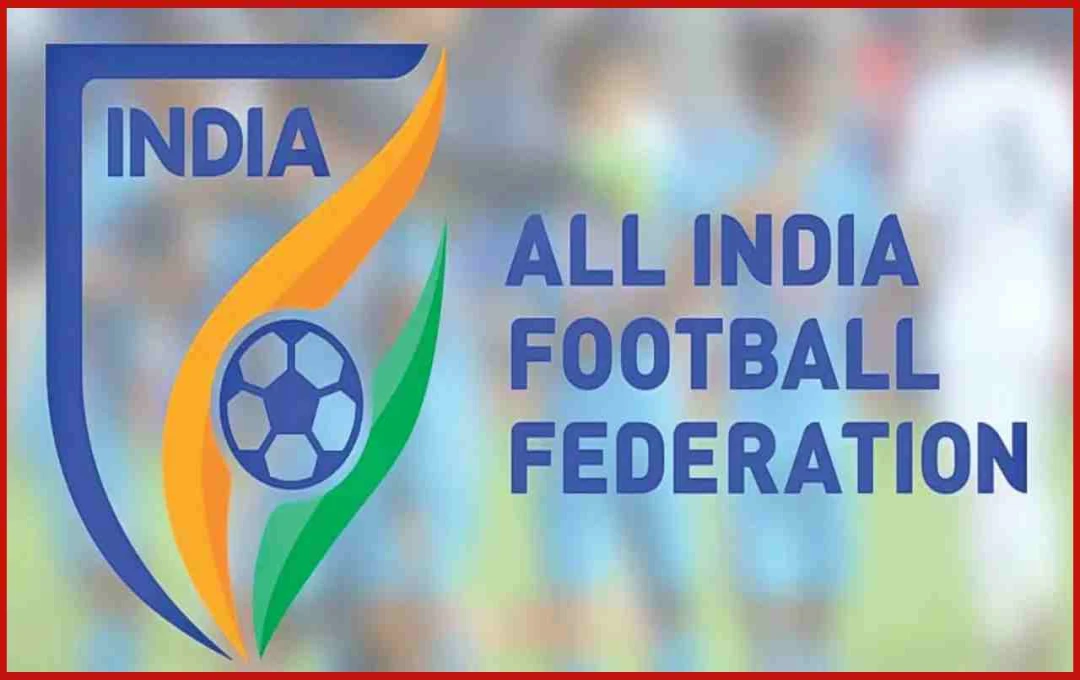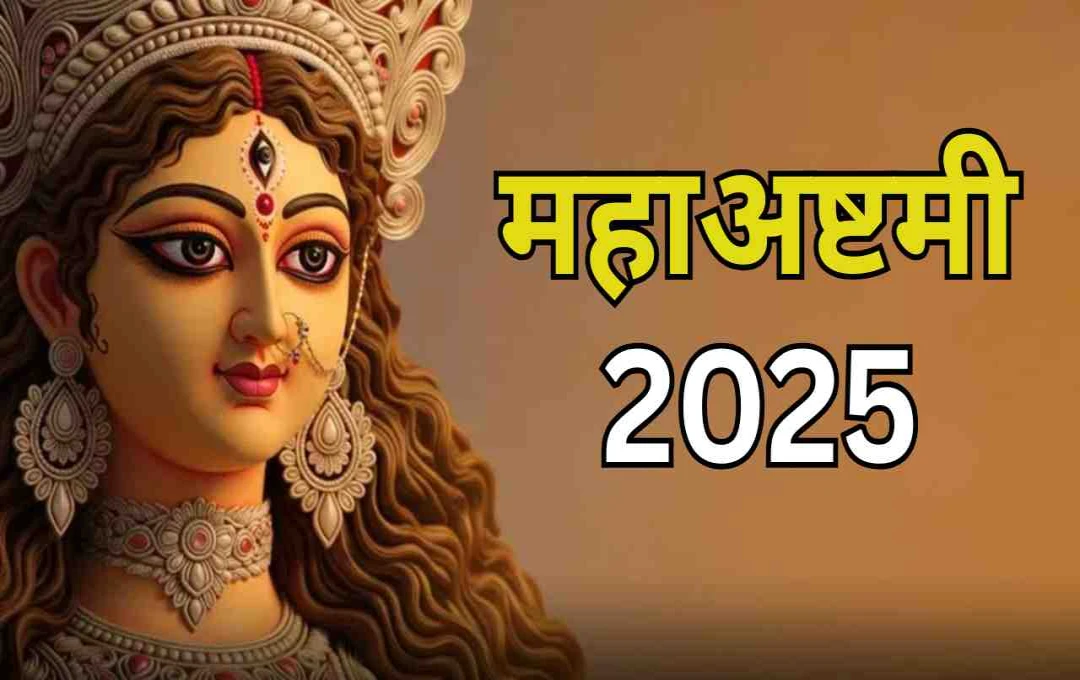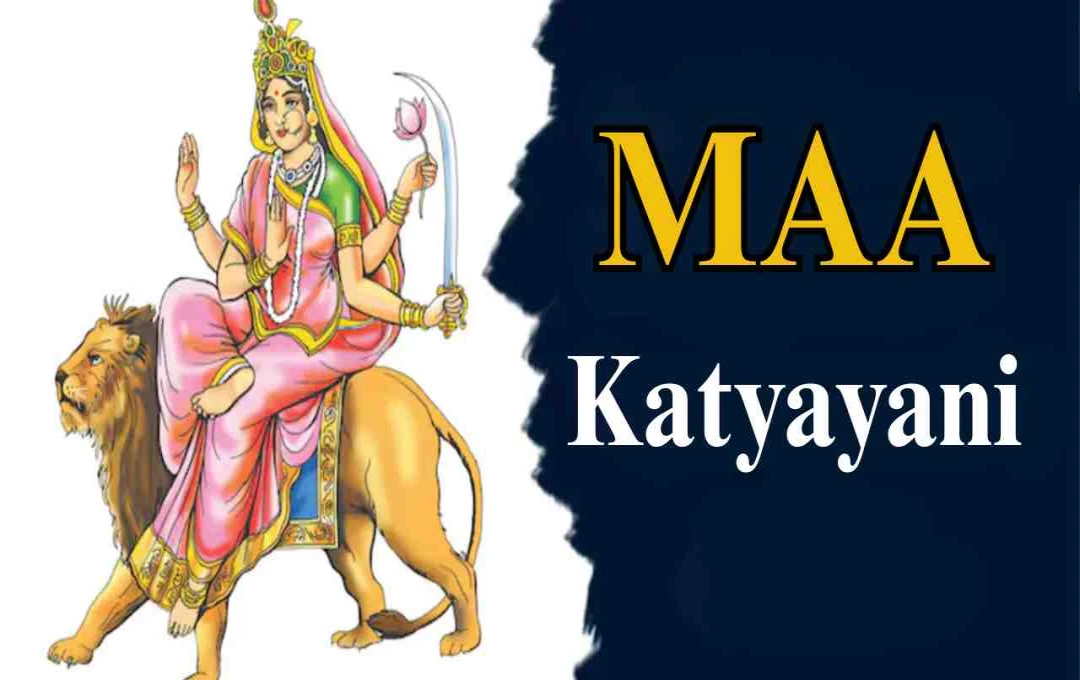The number of credit card users is steadily increasing in the country, especially among the younger generation. From mobile purchases to travel, online shopping, and even minor expenses, credit cards are now being used for a wide range of transactions. Many young people are now not only spending but also taking out loans directly on their credit cards when needed.
Banks are also Promoting
Banks and financial institutions are actively promoting loans on credit cards. The reason is clear: they earn substantial interest from them. Banks send offers for such loans to customers via SMS, email, and app notifications. Messages like "Instant Loan on Credit Card" and "Pre-approved Loan" reach people every day.
Taking a loan on a credit card is extremely easy. There is no lengthy documentation process or KYC hassle. The cardholder simply needs to select the loan amount on the bank's app or website, and the money is directly transferred to their account. In some cases, the bank even calls the customer to offer a loan.
However, while obtaining the loan is easy, repaying it is far more difficult. Loans taken on credit cards prove to be very expensive. The interest charged on them can typically range from 18 to 24 percent per annum. In some cases, it can even reach 40 to 50 percent if the interest is calculated on a monthly interest rate basis.
The Big Difference Hidden in EMIs

When taking a loan on a credit card, the bank sets a fixed EMI every month. This EMI includes both the principal and interest. On the other hand, in personal loans or home loans, interest is charged on a reducing interest rate basis. However, in credit card loans, the interest is fixed at a flat rate, resulting in a higher total payment.
Besides interest, several other charges are also levied on credit card loans, such as a processing fee of 1 to 2 percent. If the customer repays the loan early, a pre-payment penalty of 3 to 5 percent may also be applicable.
If a person takes a loan of ₹1 lakh through a credit card and is charged an interest rate of 1.25 percent per month, they will have to pay approximately ₹15,000 as interest in a year. On the other hand, if the same loan is taken from a personal loan at a 13 percent annual reducing interest rate, the interest would be approximately ₹6,800.
This difference clearly shows that you end up paying approximately 40 to 50 percent more interest on loans taken through credit cards.
The Bank Benefits
This scheme is very profitable for banks. They get to lend money at a high interest rate without much risk, and the customer, considering it a convenience, takes the loan immediately. Initially, it seems easy for the customer, but gradually the burden of EMI increases and affects their financial situation.
Strictness in Loan Recovery
If the customer does not pay the EMI on time, they are charged late payment fees, penalties, and a higher interest rate. Additionally, their credit score is also negatively affected. Customers who default on credit card loans often face recovery calls and legal action.
Inflation, rising expenses, and the 'Live Now, Pay Later' mentality of young people are rapidly driving this trend. Today's generation makes quick decisions and considers credit card loans as the easiest option for immediate cash needs. However, this need often turns into a major financial problem.
Aggressive Marketing of Loan Offers

Banks specifically promote credit card loans on occasions like the festive season, Valentine's Day, New Year, or Big Sales. People are attracted through offers like "No Documentation," "Quick Disbursal," and "Zero Processing Fee for a Limited Time."
RBI reports related to credit card loans indicate that the number of people taking such loans has increased by 30 to 40 percent in the last two years. Its prevalence is higher in urban areas, but it is now rapidly increasing in smaller cities and towns as well.
Increasing Loans, Increasing Problems
According to a recent private report, about 60 percent of young people in India between the ages of 18 and 35 regularly use credit cards, and one in every five of them has also taken a loan on their card.
Credit card loans directly impact people's monthly income and savings. By paying a fixed EMI, neither new savings can be made nor any other investment can be done. Additionally, often a new loan has to be taken again for other needs.






